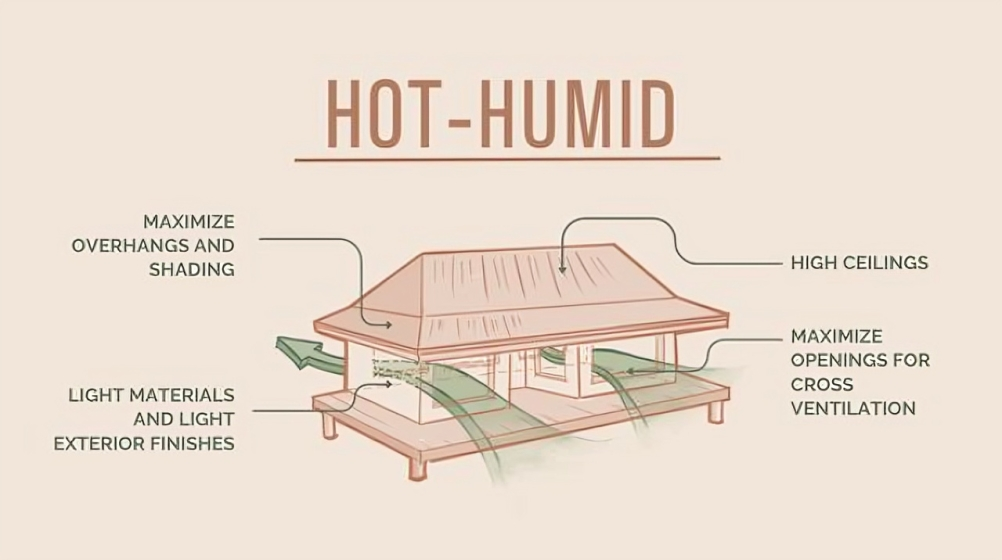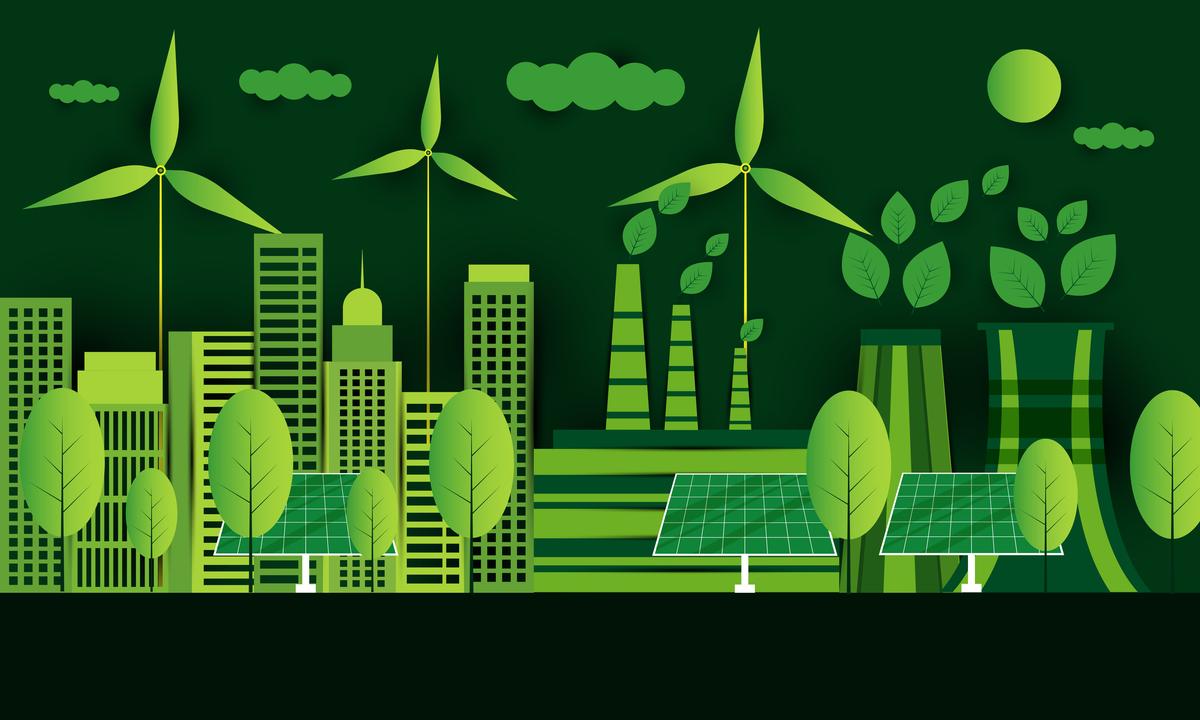Energy-Efficient Buildings: The First Step in Design for a Better Future

Table of Contents
The World Economic Forum claimed that energy-efficient buildings form the foundation for a greener future. They help tackle the rising costs, urban heat islands and global warming by reducing energy consumption. However, it is not as simple as it sounds.
There are more talks about the benefits of a greener energy-efficient future than the real discussions about how to build such a future. Designing energy-efficient buildings is just the beginning – a baby step in the process for a greener healthier world, but a powerful step nonetheless.
How do energy-efficient buildings work? What benefits do they offer for the long run for both the occupants and the environment? Read till the end to find out!
The Earth Is Dying
That is a bold statement to make, but it is the truth. Do you know that 40% of global energy consumption comes from buildings alone, amounting to 33% of greenhouse gas emissions?
Centuries ago, people hailed the discovery of fossil fuels and the Industrial Revolution without realizing the damage these could cause to the environment. More than a century later, global warming is at its most dire state as the whole world experiences the consequences of splurging on fossil fuels in the form of climate change.

Now, it falls onto our generations to save the planet and architects have a vital role to play. Many organisations and governments have begun implementing regulations to limit the consumption of fossil fuels and the rising global temperature.
The Paris Agreement that came into force in 2016 to limit the global temperature increase is an encouraging, albeit slow, step towards a greener, cleaner and more sustainable future.
What Is An Energy-Efficient Building?
It may be difficult to make old buildings energy efficient, but it is a lot easier to design new buildings that are energy efficient.
An energy-efficient building provides maximum efficiency and comfort, with the least possible energy consumption and resources. Not only should energy-efficient features be present in the operation stage, but every measure to promote energy efficiency should encompass the entire lifecycle of a building – from pre-construction design to the construction process to operation and demolition. Keeping the building fully functional while remaining energy efficient, these buildings provide numerous benefits to the users and the environment.
Achieving Energy Efficiency In A Building
In an energy-efficient building, the energy consumption is based on an optimised mix of every energy source available for the building. These include using renewable energy and passive solar design strategies. If we must rely on active design strategies (i.e. use equipment that consumes electricity), then energy-efficient items must come into use.
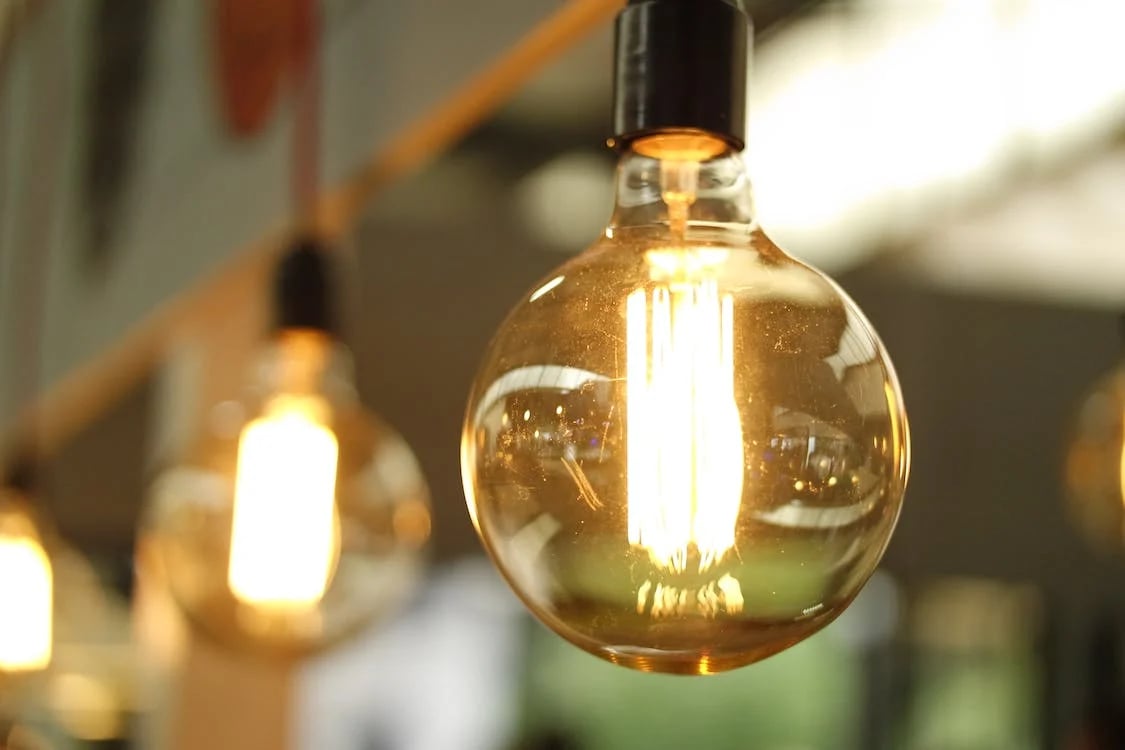
1. Using Passive Strategies
Passive design strategies make use of what is already available in nature instead of purchased electricity. Passive strategies do not rely on electricity, hence, we should encourage reliance on them. By optimising the design to respond to the site, architects can begin implementing passive design strategies to improve ventilation, lighting and overall comfort.
2. Complement with Active Strategies
When passive design strategies are insufficient to provide both comfort and energy efficiency, architects turn to active strategies. Active strategies increase energy demand unlike passive strategies as they ‘actively’ require electrical power to work. However, with proper planning, active strategies can be both energy efficient and effective to improve comfort and livability. The most common active strategy applied in our buildings is the HVAC systems to heat, cool or ventilate the space.
3. Benefits Of Energy-Efficient Buildings
Energy-efficient architecture promotes socioeconomic and environmental sustainability. Energy-efficient buildings have many benefits, including improving energy consumption and livability, as well as reduced energy costs.
4. They Provide Better Comfort
Energy efficiency relies on making less use of electricity and more of nature. It, however, does not compromise on spatial quality. A building or an interior space can still be comfortable to live in with improved ventilation, air quality, and even visibility.
5. They Provide Better ROI
Some may consider making their buildings energy efficient worthwhile, especially for older buildings. It would require installing new systems such as solar panels and ventilation systems which will incur more cost for the owner. However, the return on investment in energy-efficient design is high in the long term. The electricity consumption is greatly reduced, either replaced by renewable energy sources or entirely removed if proven needless.
6. They Reduce Harmful Greenhouse Gases Emission
Many electricity production plants still use fossil fuels and non-renewable energy sources. When these fossil fuels combust, they release harmful gases, or rather known as greenhouse gases since they trap heat, in the atmosphere. The burning of fossil fuels is the number one cause of global warming and climate change.
Naturally, the higher the demand, the higher the production, and of course, the higher greenhouse gas emissions. Therefore, we must reduce our carbon footprint and reliance on fossil fuels by all means necessary.
Features Of Energy Efficient Buildings
The question of how to make buildings more energy-efficient can be easily answered by understanding the features they should possess. The following three are the most commonly seen features in an energy-efficient building.
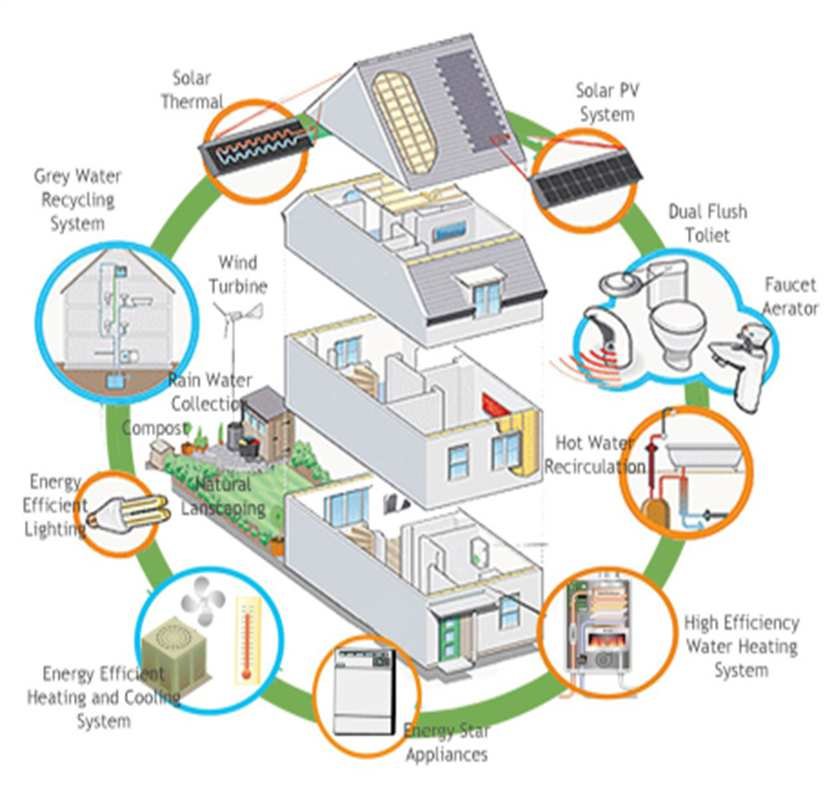
1. The Right Size Of Openings
Choosing the right size of windows and doors proves to be an important step in achieving energy efficiency in buildings. The larger an opening, the bigger the cost to heat or cool. Too small and it unnecessarily requires active HVAC systems to ventilate the space. Remember that there is always heat transfer happening from these openings, especially windows. The heat gain through windows can be high and undesirable in hot and dry regions, however, it is encouraged in colder regions to let the sun in.
2. Better Insulation
Considered a more traditional method, improving insulation can be an effective step on how to make buildings more energy-efficient. Better insulation means reduced heat or cooling loss. We can implement this in different parts of the building, the most common being the windows (glass) and the roof. Double glazing for glass and proper roof insulation can reduce heat gain, thereby reducing the necessary cooling load.
3. Taking Advantage of Digital Solutions
Digital technology, whether it is in design or construction, has already shown positive effects on sustainability. BIM can facilitate the construction process to be more sustainable with better coordination and less resource wastage. In addition, both BIM (Building Information Modelling) and computational design can optimize the design with the aid of analysis and simulations.
Technology is not limited to these things only. We can now find autonomous systems that regulate heating, cooling, ventilation, and lighting using sensors and data analysis. While they are active strategies that rely on electricity, these systems are considered energy-efficient designs as they reduce any unwanted and unnecessary energy consumption in the building. We can further improve the overall energy efficiency by powering them with solar panels.
Sustainable and ecological materials can also improve energy efficiency. Learn more about them here. 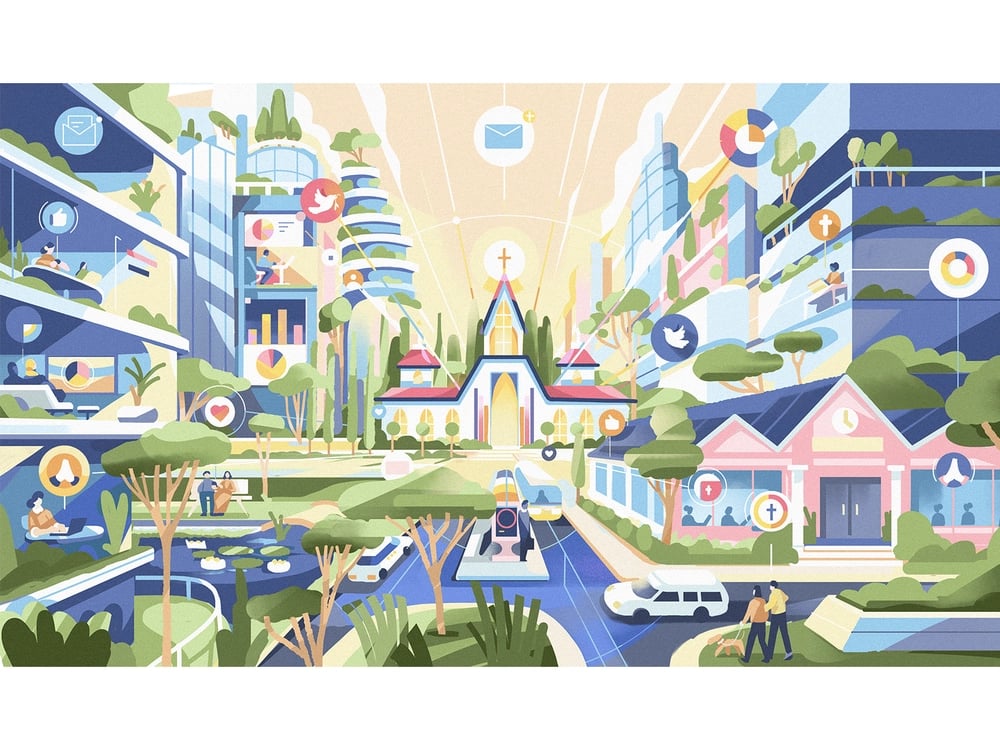
Why Is Energy Efficiency in A Building Important?
Energy-efficient architecture or buildings are an example of green buildings and a required step towards sustainable architecture. The bills are not the only concern of the occupants and architects alike. To be a truly sustainable building, every aspect of the environment, economy, and the well-being of the occupants should be taken into consideration.
How do energy-efficient buildings fit into these categories?
Environment- Reduce greenhouse gas emissions
- Reduced energy consumption
- Reduced reliance on high energy resources
- Indirectly reducing carbon footprint
- Less overall cost of operation including electricity bills
- Less spending during construction
- Improved indoor air and spatial qualities
- A holistic connection with nature
Conclusion
Energy-efficient buildings provide so many benefits to the environment, to the users, and to the owners. They are a good investment with a high ROI for the future. We must now turn to any means of sustainability, including energy-efficient designs, to counter the soaring costs and the rise of global temperature.
Architects are now relying on digital technologies such as computational design and BIM to design energy-efficient buildings. Oneistox, with the mission to empower architects and engineers, offers the BIM Professional Course where you can master modelling, coordinating projects, and running performance analysis in BIM software. Or, you can choose to enroll in Master Computational Design For Real-World Application and learn how to create efficient design ideas that also support sustainability goals.
Get a better understanding of sustainability in the AEC industry with our blogs and guides on our Resources page.

 Thanks for connecting!
Thanks for connecting!


.png)

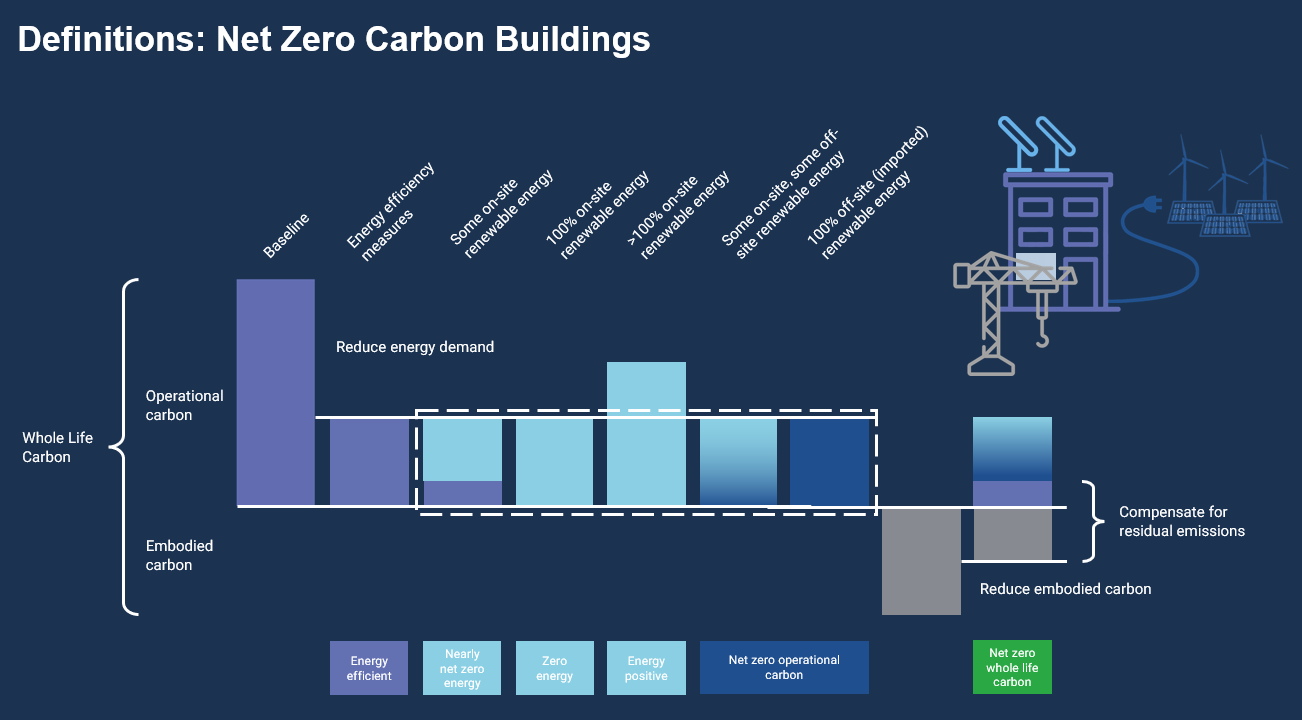
-1.png)

